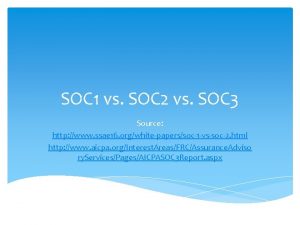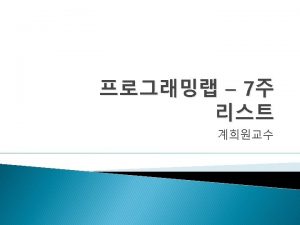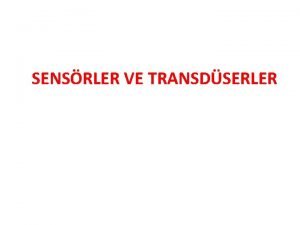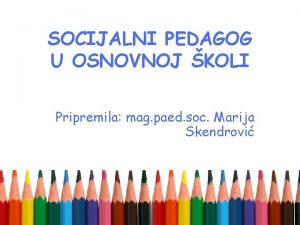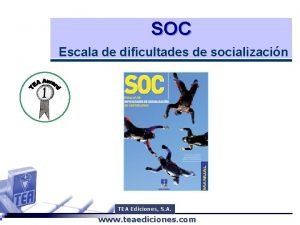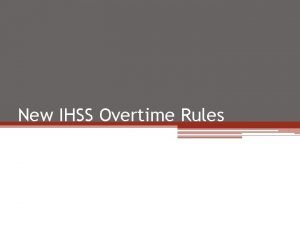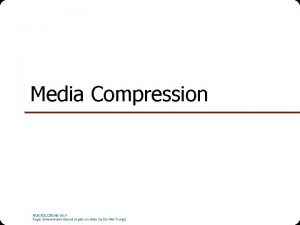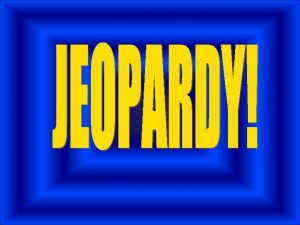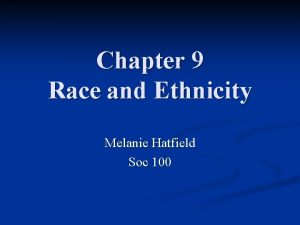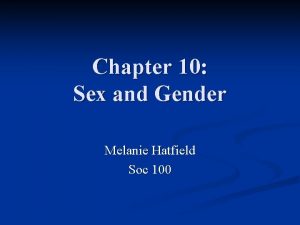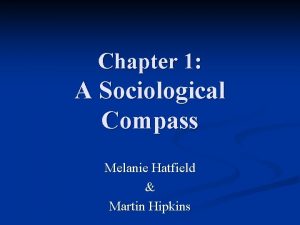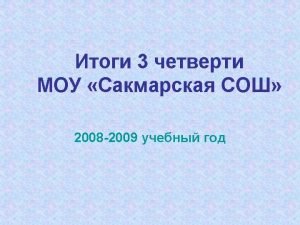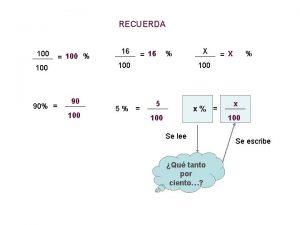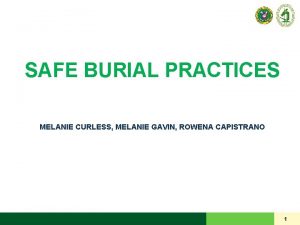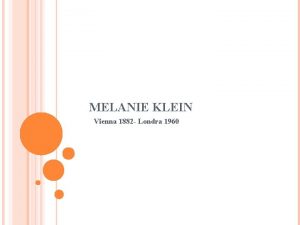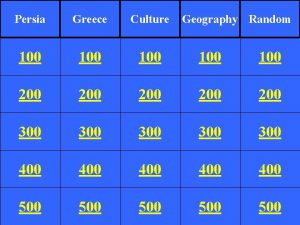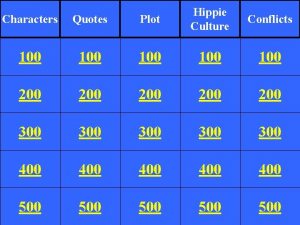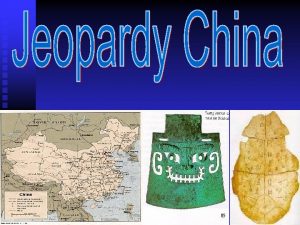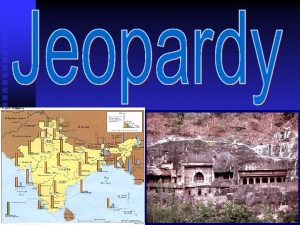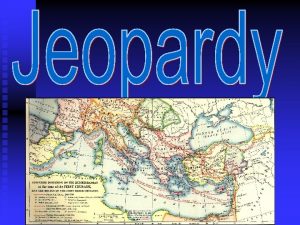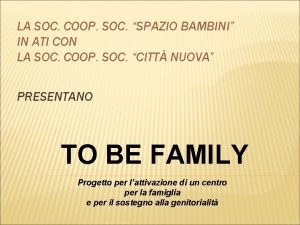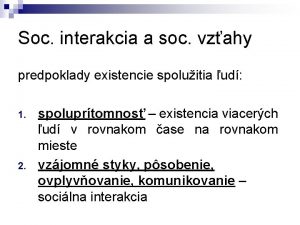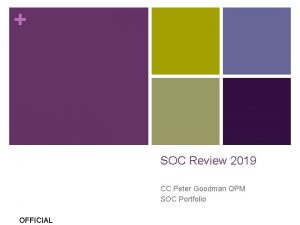Chapter 2 Culture Melanie Hatfield Soc 100 Culture

























- Slides: 25

Chapter 2: Culture Melanie Hatfield Soc 100

Culture n Culture refers to all the ideas, practices, and material objects that people create to deal with real-life problems. n High culture is culture consumed by upper classes. n Popular or Mass culture is culture consumed by all classes. n Shared culture is socially transmitted through a society.

Culture Three main tools in human cultural survival kits: n Abstraction n Cooperation n Production

Abstraction: the capacity to create general ideas or ways of thinking that are not linked to particular instances. n Symbols are one important type of idea. n They are things that carry out particular meanings. n Languages, mathematical notations, signs n

Cooperation n Cooperation: the capacity to create a complex social life by establishing norms, or generally accepted ways of doing things. As people cooperate, they generally come to accept certain common values, or ideas about what is right and wrong, good and bad, beautiful and ugly. By analyzing people’s values, we can learn much about what distinguishes one culture from another.

Production: the human capacity to make and use the tools that improve our ability to take what we want from nature. n Such tools and techniques are known as material culture because they are tangible, whereas the symbols, norms, values, and other elements of nonmaterial culture are not tangible. n

Building Blocks of Culture: Cultural Activities Ideas Norms Material Culture Medicine Theories Experiments Treatments Law Values Laws Courts, Jail Religion Religious Folklore Religious Customs Church Art

Three Types of Norms Folkways: A relatively unimportant norm that many people prefer to uphold. n More: A core norm that most people believe must be upheld. n Taboo: The strongest and most central norms. n

Sanctions and Social Control Sanctions: Rewards and punishments composed of symbols, norms, and other nontangible elements of culture. n Social Control: The system of sanctions used to ensure conformity to cultural guidelines. n


Culture is often invisible because people tend to take their own culture for granted, yet people tend to be startled when confronted by other cultures. n Ethnocentrism is judging another culture exclusively by the standards of one’s own culture (i. e. Western views of cow worship among Hindu peasants in India). n

Culture has two faces: Culture provides us with an opportunity to exercise our freedom. n Culture also constrains us. n

Cultural Diversity American society is undergoing rapid cultural diversification, partly due to a high rate of immigration, which is evident in every aspect of life. n This is giving us a greater diversity of culture from which we are able to choose. n

Multiculturism n n Multiculturism: The view that curricula of America’s public schools and colleges should reflect the country’s ethnic and racial diversity and recognize the equality of all cultures. Three criticisms of multiculturalism: n n n Belief that multicultural education hurts minority students by forcing them to spend too much time on noncore subjects. Belief that multicultural education causes political disunity and results in more interethnic and interracial conflict. Complaint that multiculturalism encourages the growth of cultural relativism.

The Rights Revolution: The Roots of Cultural Diversity and Multiculturism n n n Social Life is an ongoing struggle between more and less advantaged groups. The Rights Revolution is the process by which socially excluded groups have struggled to win equal rights under the law and in practice since the 1960 s. It affects our culture by: n n Legitimizing the grievances of groups that were formally excluded from full social participation and Renewing their pride in their identity and heritage.

From Diversity to Globalization The pace of cultural fragmentation is quickening today in the postindustrial era as a result of globalization. n Roots of globalization: n Expansion of international trade and investment. n Migration and sustained contact among different racial and ethnic groups. n Transnational organizations are multiplying. n Globalization of mass media. n

Postmodernism Culture n Involves: An eclectic mixing of elements from different times and places. n The erosion of authority. n The decline of consensus around some core values. n

Blending Cultures In the postmodern era, it is easier to create individualized belief systems and practices by blending aspects from different cultures and historical periods.

Unconventional Beliefs Among Christian Fundamentalists, United States

Erosion of Authority Half a century ago, Americans were more likely than they are today to defer to authority in the family, schools, politics, and medicine. n Authorities who were once widely respected, such as parents, physicians, and politicians have come to be held in lower regard by many people. n

Instability of Core American Values Many Americans have many of the same values they have had for years, while others have weakened. n Value instability has become larger in voting patterns. n Today, people are more likely to vote for different parties in succeeding elections than they were in 1950, though party loyalty and identification remain significant. n

Cultural Constraints Many core American values have not weakened. n Those persistent values act as enduring cultural constraints on our lives. n Value change n The regulation of time n Rationalization n

Consumerism: the tendency to define ourselves in terms of the goods and services we purchase. n We are motivated by advertising, believing that we will be cultural outcasts of we fail to conform to stylish trends. n

Countercultures n Countercultures are subversive cultures. They oppose dominant values and seek to replace them.

The Sociological Compass
 Soc 1 soc 2 soc 3
Soc 1 soc 2 soc 3 100 100 100 100 100
100 100 100 100 100 Hatfield and mc
Hatfield and mc Barotrauma oido
Barotrauma oido Hatfield ca 08065
Hatfield ca 08065 40'ın yüzde on fazlasının 15 eksiği kaçtır
40'ın yüzde on fazlasının 15 eksiği kaçtır 200+200+100+100
200+200+100+100 Box plot gcse
Box plot gcse Malloc lab 100/100
Malloc lab 100/100 Héroïne dans la guerre de 100 ans (100 years war).
Héroïne dans la guerre de 100 ans (100 years war). 100+100=200
100+100=200 Big data on bare metal
Big data on bare metal 100 200 300
100 200 300 C/100=f-32/180=k-273/100
C/100=f-32/180=k-273/100 What's 100 + 100
What's 100 + 100 200 200 300
200 200 300 Numeros romanos del 1 al 100
Numeros romanos del 1 al 100 100 + 200 300
100 + 200 300 Workday soc 1 report 2020
Workday soc 1 report 2020 Socijalna dubrava
Socijalna dubrava Mag paed soc
Mag paed soc Soc tea
Soc tea Siov soc
Siov soc Soc 2255
Soc 2255 Soc cissp
Soc cissp Nus soc ffmpeg
Nus soc ffmpeg
